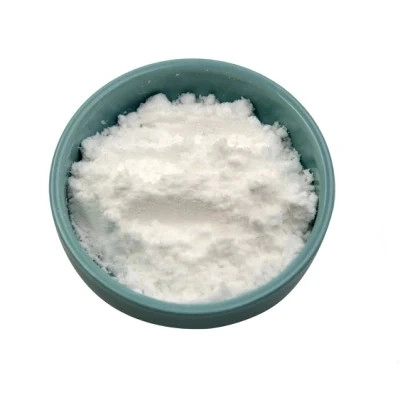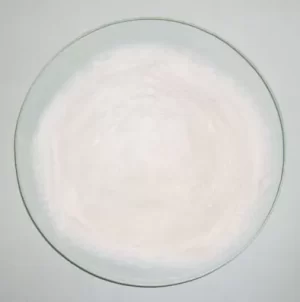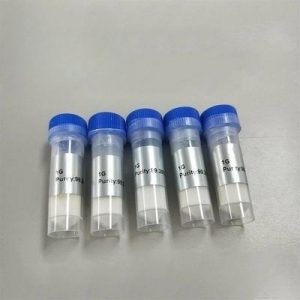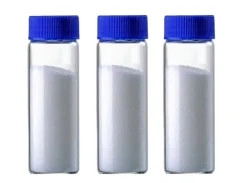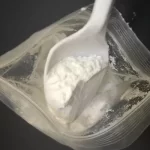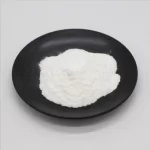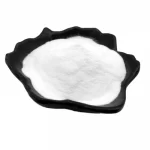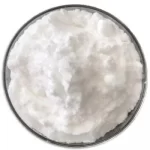Description
Bulk Hyaluronic Acid Powder Cosmetic Peptide CAS 9004-61-9
Description
| Product Name: | Hyaluronic Acid | CAS: | 9004-61-9 |
|---|---|---|---|
| Appearance: | White Powder | Purity: | 99% |
| Package: | Foil Bag | Application: | Cosmetic Use |
| High Light: |
Bulk Hyaluronic Acid Powder CAS 9004-61-9, CAS 9004-61-9 bulk supplements hyaluronic acid, Cosmetic Peptide CAS 9004-61-9 |
||
IN STOCK!! bulk hyaluronic acid powder/HA powder/Sodium Hyaluronate powder CAS 9004-61-9 high/low molecular
| Product name | Hyaluronic acid |
| CAS No. | 9004-61-9 |
| Molecular Formula | C14H22NNaO11 |
| Molecular weight | 403.31 |
| EINECS NO. | 232-678-0 |
| Grade Standard | Cosmetic Grade, Medicine Grade |
| COA | Avaliable |
| Item | Specifications |
| Appearance | White crystalline powder. |
| Purity | 99%min |
| Glucuronic Acid | 42.0% min |
| Hyaluronate | 93.0% min |
| Transparency(in 0.1% Solution) | 98.0%min |
| Molecular | 0.8-1.5 X 106 |
| Protein | 0.1% max |
| Loss on Drying | 3.0% max |
| Residue on Ignition | 20% min |
| Bulk Density | 0.20 – 0.40 g/cm3 |
| PH | 6.0 – 7.5 |
| Solubility | H2O: 5 mg/mL, clear, colorless |
| Storage condition | −20°C |
| Shelf life | 2 years |
Hyaluronic acid(HA) is a straight chain macromolecular mucopolysaccharide composed Of repeat disaccharide units of glucuronic acid and N-acetylglucosamine. It widely consists in the extracellular space of human and animal tissue, vitreum, umbilical cord, skin joints synovia and cockscomb, etc. The commercial HA is commonly a sodium salt, called sodium hyaluronate, habitually called hyaluronic acid. HA is a new biological at home and abroad. Its molecular weight is from several ten thousand to several million. It’s aqueous solution has outstanding moisture keeping ability, high viscoelasticity and lubricity. It is widely used in cosmetics, pharmacy and health and beauty food.
Biochemical drugs with high clinical value, which are widely used in all kinds of eye surgery, such as crystal implantation, corneal transplantation and glaucoma surgery, etc.Can also be used to treat arthritis and accelerate wound healing.Used in cosmetics, it can have unique skin protection effect, can keep skin moist and smooth, delicate, soft, elastic, has the anti-wrinkle, anti-wrinkle, beauty care and restore the skin physiology function.
1. Sodium Hyaluronate is mainly used on the senior cosmetic industry to treat dry eye syndrome.
2. Sodium Hyaluronate is ophthalmologic operation adjuvant drug. It is used on the operation of Cataract pouch, extracapsular cataract extraction, intraocular lens implantation,glaucoma surgery and keratoplasty.
3. Sodium Hyaluronate can also be used after abdominal operation. It is injected into abdominal cavity to reduce postoperative bowel loops chain.
4. Sodium Hyaluronate can be injected into joint cavity to reduce the articular surface friction and reduce joint pain.
5. Sodium Hyaluronate can be injected into bladder to be used as bladder epithelium glucosamine cover lack of temporary substitute.
1. Food supplements:
Hyaluronic Acid through the oral administration after the digestion absorption, increases in vivo Hyaluronic Acid synthesis the precursor, causes in the skin and other organization’s Hyaluronic Acid resultant quantity increases, thus enables the skin the water retention property to increase, rich elasticity, wrinkle reduction.
2. Cosmetics applications:
Hyaluronic Acid has outstanding moisture keeping ability, thus called Natural Moisturing Factor in the world. Hyaluronic Acid is a common ingredient in skin-care products, which can be used as a very effective topical humectant, which can be used for facial wrinkles, reduction of folds and wrinkles, and removal of scars.
3. Medical applications:
Hyaluronic Acid could be used in eye surgery, such as corneal transplantation, cataract surgery, glaucoma surgery, and surgery to repair retinal detachment.
Hyaluronic Acid can also be used to treat osteoarthritis of the knee. They are administered as a course of injections into the knee joint, which are believed to supplement the viscosity of the joint fluid, thereby lubricating the joint, cushioning the joint, and producing an analgesic effect.
Hyaluronic Acid has also been used in the synthesis of biological scaffolds for wound-healing applications. These scaffolds typically have proteins such as fibronectin attached to the Hyaluronic Acid to facilitate cell migration into the wound.
Hyaluronic Acid is also used in anti-adhesive products, which are widely used in pelvic and abdominal surgery to prevent postoperative adhesions.

